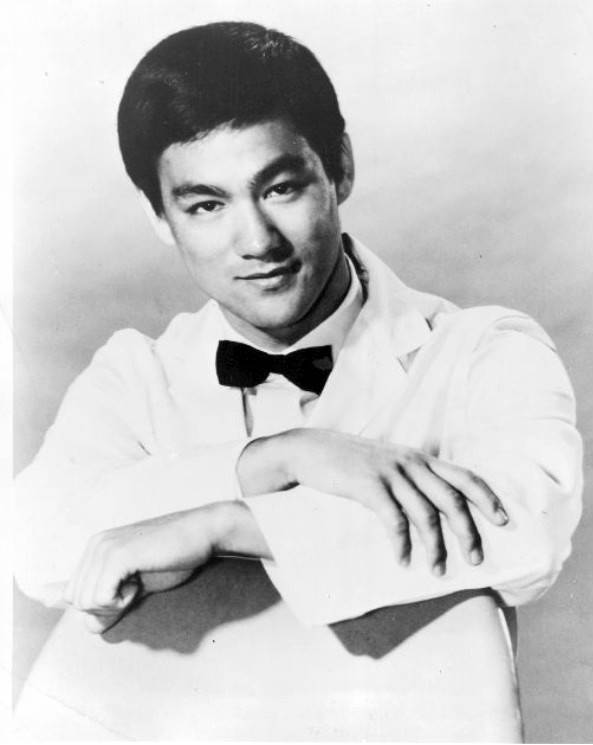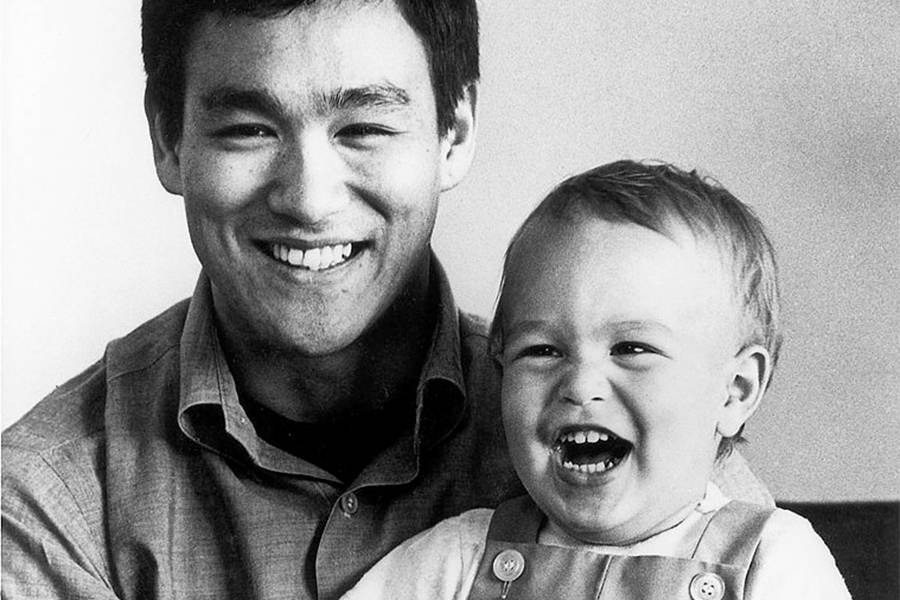
Wikimedia CommonsBruce Lee’s death has caused much controversy over the years.
Growing up one of the many street tales was about the mystery surrounding the death of the martial arts Legend Bruce Lee. There has always been an infamous street tale of how he died because he tore his muscles due to excessive strength. But that's not really the case. The facts are below.
When Bruce Lee awoke on the morning of July 20, 1973, he was an active, healthy 32 year old. He spent the day meeting with producers about his next film, then headed to a friend’s house for an afternoon visit. By nightfall, the greatest martial artist in a generation lay dead on a mattress on the floor, and the world was left to wonder: How did Bruce Lee die?
The culprit was just one thing Lee did that summer day — a small decision with consequences no one could have anticipated.
The Day Of Bruce Lee’s Death
The trouble started two months earlier when Lee collapsed on May 10 during an automated dialogue replacement session for his movie Enter the Dragon. He was rushed to the hospital, where he complained of a severe headache and was wracked by seizures.
Doctors recognized the symptoms of cerebral edema, a condition in which excess fluid in the brain causes swelling and pain, and were able to treat him immediately with mannitol. After a brief hospital stay, he felt much better — this wasn’t, he told his friends, how Bruce Lee would die.

Wikimedia CommonsBruce Lee in 1967.
On his release, he promptly resumed his usual fitness regime and continued eating his usual diet: a strictly enforced combination of vegetables, rice, fish, and milk that excluded all baked goods, refined flour, and most refined sugars.
Until July 20, he seemed to be recovering extremely well from his cerebral edema and, aside from complaining of an occasional headache, gave his friends no reason to worry.
The day of Bruce Lee’s death was a busy one. He was in Hong Kong, where many of his movies were made, and had been meeting with producer Raymond Chow for most of the day discussing his upcoming movie. He was reportedly filled with enthusiasm, acting out scene after scene with energy despite the scorching summer heat.
After the meeting, Bruce went to the apartment of a friend — or, as some would later clarify, his mistress, Taiwanese actress Betty Ting Pei. They were alone for several hours, then made dinner plans with Lee’s producer to finalize his movie deal.
Around 7:30 in the evening, shortly before they were due to depart, Lee complained of a headache. Ting Pei gave Lee an Equagesic, a common painkiller containing aspirin and a tranquilizer known as meprobamate. After taking it, he went to lie down.
After a few hours, when Lee didn’t come down for dinner, Ting Pei went up to check on him and found him unresponsive. She called Chow back to the home, and he attempted to wake Lee without success.
They were forced to call a doctor, who spent ten more minutes attempting to revive Lee. Unable to recall the martial artist to consciousness, they sent him to a nearby hospital in an ambulance.
By the time the ambulance arrived at the hospital, Lee was dead.
A Shocked World Wonders: How Did Bruce Lee Die?

Wikimedia CommonsBruce Lee and his son Brandon Lee.
Because Lee’s body showed no external signs of injury, an autopsy was performed, revealing that Bruce Lee’s death was the result of severe brain swelling: a buildup of fluid had resulted in a 13 percent increase in brain size.
Chow claimed that Bruce Lee’s death was the result of an allergic reaction to the painkiller he had been given, and the autopsy report seemed to partially substantiate his claim.
The coroner officially ruled Bruce Lee’s death the result of a second cerebral edema brought on by taking Equagesic. He called Lee’s end “death by misadventure,” which, unlike death by accident, implies that death occurred due to a dangerous, voluntary risk — though Equagesic was not generally considered dangerous to take.
Though several subsequent investigations backed up the coroner’s report, that didn’t stop a flood of conspiracy theories.
Now you know that Bruce died not because of excess muscles but because of an allergic reaction caused by a pain killer he was using, which led to cerebral edema (The swelling of the brain).
Hope you enjoyed this article?

No comments:
Post a Comment